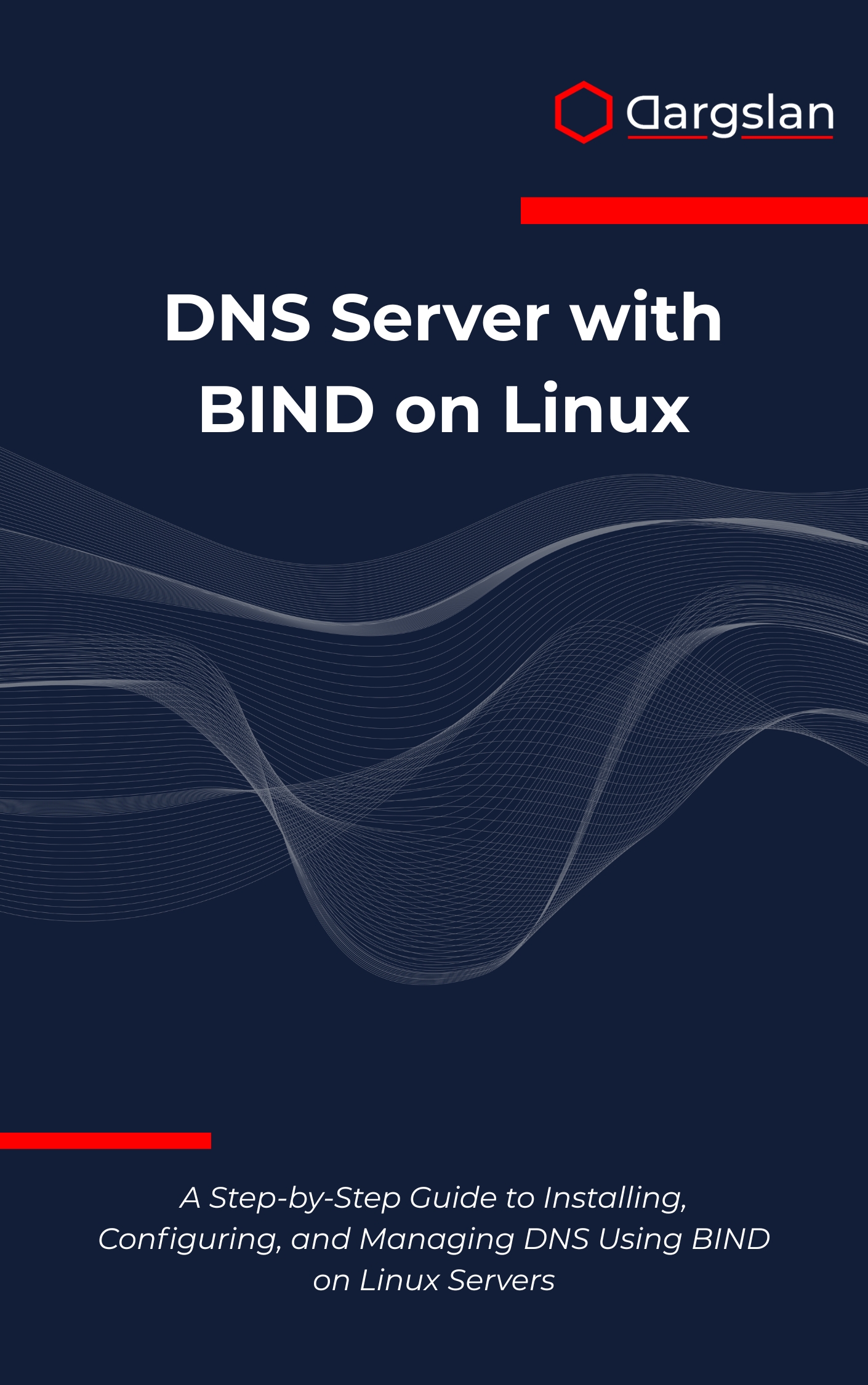DNS Server with BIND on Linux
CUPS Print Server on Linux: The Complete Administrator's Guide,Set up and manage print services on Linux using CUPS effectively.

When DNS works, everything just clicks—applications resolve instantly, services stay reachable, and users never notice the complexity underneath. If you’re ready to build that level of reliability, this hands-on guide gives you a production-ready blueprint for deploying, hardening, and managing BIND on Linux with confidence.
A Step-by-Step Guide to Installing, Configuring, and Managing DNS Using BIND on Linux Servers
Overview
DNS Server with BIND on Linux is the practical, no-nonsense resource for professionals who need to design, implement, and maintain resilient name services on Linux. As A Step-by-Step Guide to Installing, Configuring, and Managing DNS Using BIND on Linux Servers, this IT book functions as both a programming guide and a technical book, walking you through BIND installation, DNS zone configuration, master-slave server setup, reverse DNS implementation, DNS security hardening, split-horizon DNS, caching-only servers, dynamic DNS updates, DNS monitoring, troubleshooting techniques, IPv6 support, and enterprise deployment scenarios—all with clear examples and command-line instructions you can apply immediately.
Who This Book Is For
- System administrators who need a dependable playbook for deploying BIND on Linux, with step-by-step walkthroughs that reduce risk and accelerate stable rollouts.
- Network engineers and DevOps practitioners seeking concrete learning outcomes—such as correct zone design, secure master-slave replication, and high-availability DNS patterns.
- IT managers, security teams, and ambitious learners who want a future-proof DNS skill set and the confidence to run enterprise-grade infrastructure at scale.
Key Lessons and Takeaways
- Build authoritative and caching DNS services from the ground up, including clean BIND installation, accurate zone files, and validation of records for both forward and reverse lookups.
- Harden and monitor your servers with safe defaults, access controls, DNSSEC considerations, logging, and alerting, so you can catch issues early and prevent common attack vectors.
- Design for growth with master-slave server setup, split-horizon DNS, dynamic DNS updates, and IPv6 support, enabling resilient, scalable, and compliant enterprise deployment scenarios.
Why You’ll Love This Book
This guide balances clarity with depth, making complex DNS concepts approachable without dumbing them down. Every chapter emphasizes real-world tasks over theory, pairing concise explanations with configuration snippets, validation commands, and troubleshooting tips. The result is a practical roadmap you can follow from the first server build to ongoing optimization and security hardening.
How to Get the Most Out of It
- Start with the fundamentals to solidify core DNS concepts, then move into stepwise BIND configuration. This progression ensures you understand why a setting exists before you apply it in production.
- Mirror the examples in a lab on Linux, replicating the exact commands, zone layouts, and ACL patterns. Validate each change with dig, journal logs, and test clients to build muscle memory and confidence.
- Tackle mini-projects: deploy a caching-only server for a branch office, implement reverse DNS for a subnet, add dynamic DNS updates for DHCP, and introduce split-horizon DNS for internal vs. external views.
Get Your Copy
Strengthen your infrastructure with a proven, step-by-step approach to BIND on Linux—and ship DNS that your team can trust.




